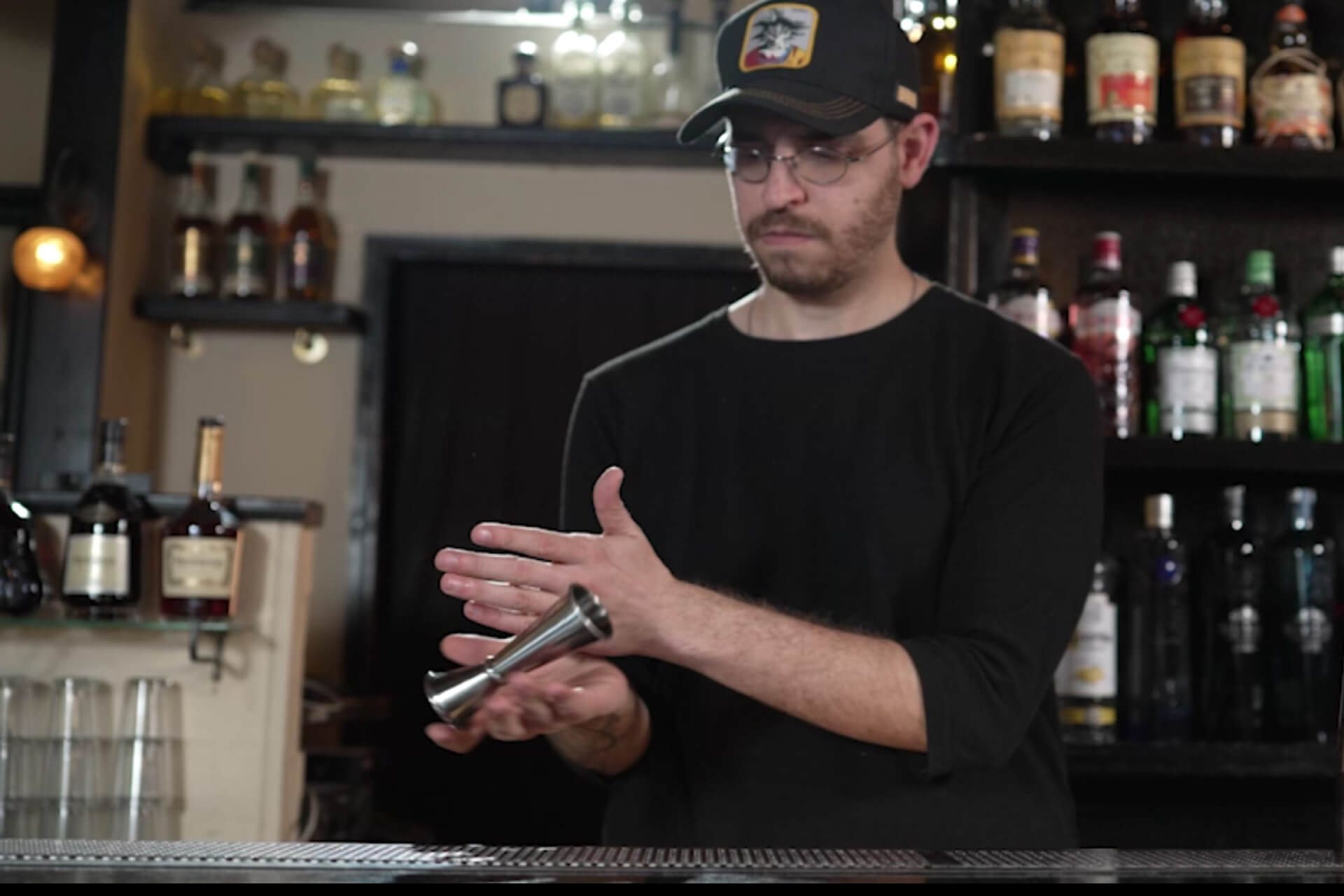
Teach a movement, a specific nuance within a movement, understand the student’s body language, this are difficult to understand. The difficulty stems from the gap between my current level and (other instructors) or beginner/immature level of someone who is just taking their first steps. It’s incredibly difficult to connect with how you were at the beginning, it’s even repressed in some way. During training it is important to approach the craft at eye level, and try to see the world (or the work surface in our case) through the eyes of the student/trainee.
There’s a built-in conflict, which makes the initial work of study more and more challenging as the teacher themselves improves over time.
Take a look at the following short video:
https://www.instagram.com/reel/CiugAHeAys5/?igshid=Y2I2MzMwZWM3ZA==
This performance by Mia, besides being perfect, (I very rarely use that word,) emphasizes a nuance that I have not yet found a way to convey verbally. To the average eye, this looks like one smooth movement, and for the avoidance of doubt this is how the movement should look. But these are two different movements, which are glued together by a nuance so subtle that you need a microscope, tweezers and the silence of Vipassana to distinguish it.
In the basic, initial training program, this exercise is taught in the second session. The time it takes to perform it as in the video (and I emphasize there is a great distance between “successfully” doing an exercise, and performing it as in the video, these are two completely different things) varies from person to person, but it can easily be said that it is a minimum of several months. sometimes even a year. It really depends on the trainee and their ability to perceive.
Mia managed to perform the exercise perfectly with an almost illogical speed, she only started two months ago, and today for the first time she started practicing “sequences” (step 2 in the basic program) and not “exercises”. What made her successful? The answer to this question is clear, although it may be a little vague for those who don’t have a hand in the matter. Nevertheless, I will try.. When training on a sequence of actions (or a sequence of exercises,) our way of perception changes along with the training, mentally we stop trying to “succeed” an exercise, and try to create a feeling of flow and transition between action to action. When you stop treating an exercise (movement) as something that needs to be “succeeded”, and begin to perceive it as part of our body language, something strange (in a good way) happens. The exercise stops being an exercise, and when you can’t “succeed” then you can’t “fail” either. This change, first and foremost, is a perceptual change. How different is it? A thousand light years, from the trainee who comes for the first time and is enthusiastic/disappointed that they succeeded/failed at an exercise? This perceptual change that takes place in the mind of the trainee is exclusively related to them and to the process in which they take part.
As a guide, coach, teacher.. Yo Nim It.. I try to talk about this aspect from day one. Most of the trainees nod in agreement without understanding what the hell I want from them, a certain percentage of them, those who are persistent enough to get past the beginning (which is already challenging) will at some point reach the philosophical understandings that accompany the acquisition of a high skill.
There is no spoon. It is not the spoon that bends, it is only yourself 